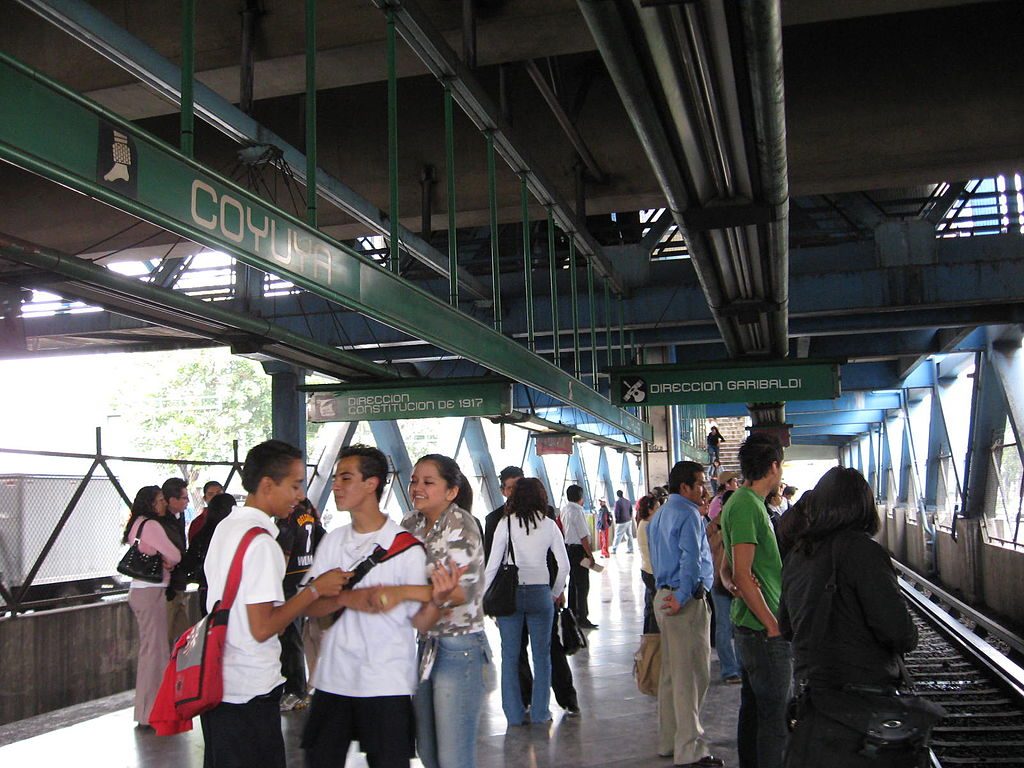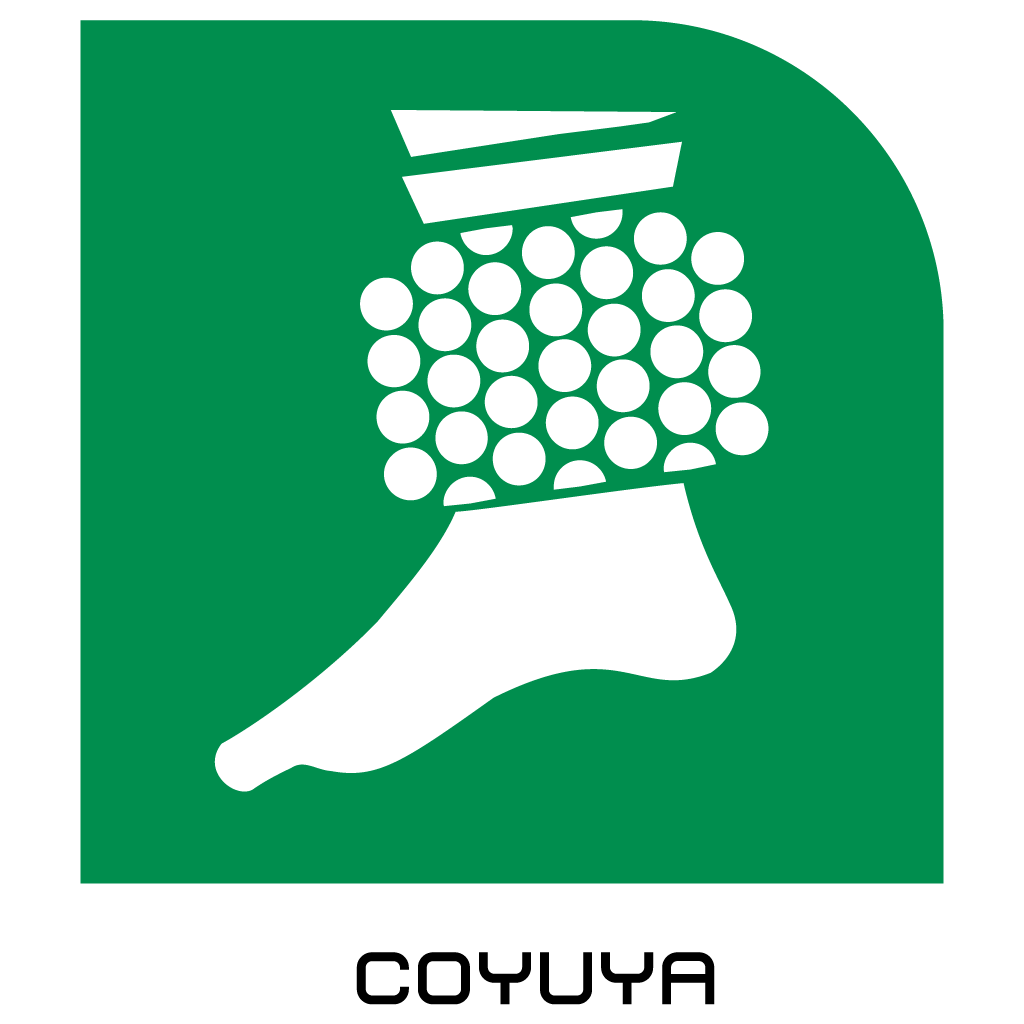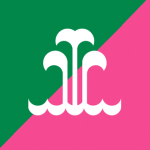
_
 The 47 brass bells in the famous carillon at the top of the Insignia Tower all came from Belgium. But in fact, the name for Metro Coyuya comes for the Nahuatl, “coyuya,” meaning, “where the bells are made.” They’re made here too. Historically, the neighborhood would have been on the edge of the old island known for producing salt throughout Mexico City’s ancient period.
The 47 brass bells in the famous carillon at the top of the Insignia Tower all came from Belgium. But in fact, the name for Metro Coyuya comes for the Nahuatl, “coyuya,” meaning, “where the bells are made.” They’re made here too. Historically, the neighborhood would have been on the edge of the old island known for producing salt throughout Mexico City’s ancient period.
A station on Line 8 of the Metro, Coyuya is within Iztacalco and owes its name to the Avenida Coyuya nearby. The symbol for the station depicts the bells, something like sleigh bells, that are worn on the ankles when doing traditional dances.
In this case, the “conchero” dancers might wear something more like dried fruits with stones inside, and thus, they sound a bit more rattlesnake rattles. You can see not only such dancers, but their cascabeles, too, on most days outside of the Metropolitan Cathedral in the Centro Histórico.
Along with Metro Iztacalco, it’s one of the best stations for reaching the historical center of Iztacalco. A good deal of this station’s daily traffic is en route to the nearby IMSS General Hospital/Zone 30 which is also within easy walking distance. On regular working days, about 20,000 Mexico City commuters are expected to use the station.
 unidad_de_orientacion@metro.cdmx.gob.mx
unidad_de_orientacion@metro.cdmx.gob.mx
 5627 4950 / 5627 4741
5627 4950 / 5627 4741
 https://www.metro.cdmx.gob.mx/
https://www.metro.cdmx.gob.mx/

0.75 kms.

0.87 kms.

0.87 kms.

As the house-Metro for the City's most important cultural organization, it's a Metro loaded with art!

South in the City Center, the Metro station named for one of the City's oldest fountains, it's also a great place to eat.

A legendary station at the center of everyday life for tens of thousands, it's at the center of the city too.

Iztapalapa's (and the Metro's) longest transfer walk is beneath the Santa Isabel Industrial neighborhood.